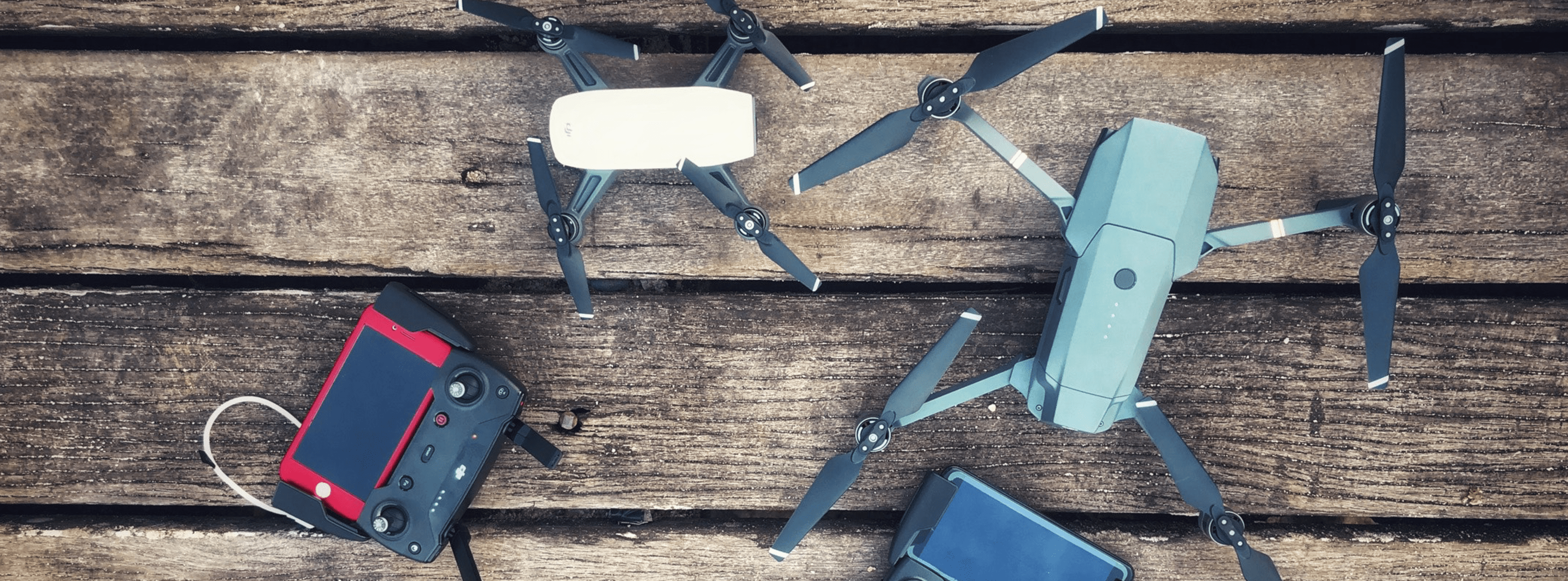Most countries around the world now have frameworks in place with basic regulations outlining what commercial drone pilots can and can’t do, as well as the kind of certification they require to fly.
These requirements vary from simple registration schemes to online safety tests and, under the jurisdiction of aviation authorities such as America’s FAA, a theoretical exam to prove your knowledge and safety awareness.
Under the Part 107 rule, American drone pilots have to obtain a Remote Pilot Certificate with a small UAS rating. But that currently doesn’t include any practical or industry-specific elements. It also doesn’t cover working with specific equipment from manufacturers like DJI.
Which means that while the FAA’s Part 107 ruling ensures drone pilots have the knowledge they need to operate safely and in harmony with manned air traffic, there is certainly room to improve your ability from a practical perspective.
DJI’s UTC Training
There are plenty of ways to improve as a drone pilot. You can practice more. You could sign up to a course that goes above and beyond preparation for your Part 107 exam, like the Drone Pilot Ground School from UAV Coach.
Or you could consider attending a course at one of DJI’s Unmanned Aerial System Training Centers (UTC). DJI launched the concept back in 2016 and the UTC program now has more than 200 centers worldwide, from China to the Netherlands to the United States.
Last year DJI launched a number of centers in North America in partnership with Rocky Mountain Unmanned Systems. Eight training centers are run by RMUS in Utah, Washington, California, Hawaii, Delaware, Ohio, Texas, and Illinois.
So far, more than 40,000 pilots have gained a competitive and operational edge by completing DJI’s certified curriculum.
As part of the program, pilots get access to hands-on skills training with the latest DJI equipment and an official, manufacturer-certified license upon successful completion of the course.
The three-day Level 1 Commercial UAS course includes online resources, real-world flight training and important skills for commercial pilots, such as maintenance and data gathering.
An alternative way to develop skills
In the United States, there are more than 100,000 certified commercial drone pilots. That means it’s hard to stand out from the crowd once you’ve got your license.
Fortunately with adoption rates of drone technology on the rise across a range of industries, so too is the demand for professional pilots.
The opportunities will be greater for those with additional qualifications, experience and training. That’s one of many reasons why we’ve been encouraging DroneBase pilots to take advantage of our partnership with FLIR and gain thermography qualifications.
DJI’s UTC program offers another way to gain an edge over the competition and prove your ability behind the controls of the industry’s leading equipment.
The chance to specialize
Aside from the general Commercial UAS Level 1 course, DJI’s UTC program includes a number of industry-specific courses that are ideal if you’re ready to specialize in a particular field of work.
DJI’s further curriculums are an ideal way to learn new skills or cement existing ones. The extra courses on offer include Public Safety, Inspection, Aerial Photography, Surveying/Mapping and more.
If you’re thinking about taking your drone pilot career to the next level, there are plenty of avenues you can explore. Learn more about upgrading your gear for the next generation of commercial operations, here. And discover how you can gain a thermography qualification with FLIR, here.





